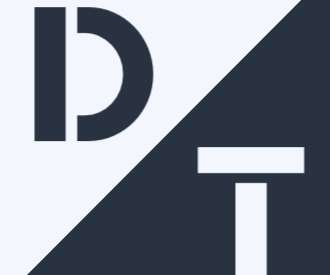Why B2B Marketplaces Are Red-Hot
Haystack
DECEMBER 18, 2019
In addition to this trend, in 2019 I’ve noticed another one — a growing interest among VCs in B2B marketplaces. Let me state upfront that the idea of B2B marketplaces is not new. This has led to some very competitive financing rounds, which from afar is a signal various groups see the market potential of these models.












Let's personalize your content